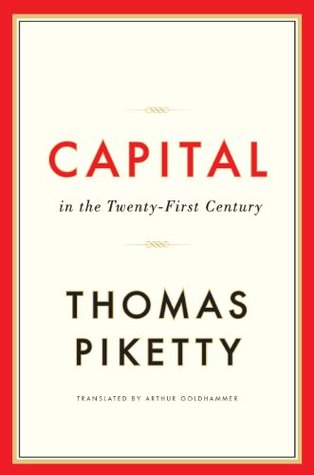More on this book
Community
Kindle Notes & Highlights
Read between
September 25, 2020 - August 21, 2023
The data on wealth and inheritance also enable us to study changes in the relative importance of inherited wealth and savings in the constitution of fortunes and the dynamics of wealth inequality. This work is fairly complete in the case of France, where the very rich historical sources offer a unique vantage point from which to observe changing inheritance patterns over the long
So Thomas Picketty tells the reader what is his hypothesis and how his sources of data can be used to test it.
It is obvious that lack of adequate investment in training can exclude entire social groups from the benefits of economic growth. Growth can harm some groups while benefiting others (witness the recent displacement of workers in the more advanced economies by workers in China). In short, the principal force for convergence—the diffusion of knowledge—is only partly natural and spontaneous. It also depends in large part on educational policies, access to training and to the acquisition of appropriate skills, and associated institutions.
Reflect, for a moment upon the severe cuts to education funding in Arizona and to the deconstruction of established public education institutions through the official promotion of charter, private and parochial schools. It appears that, fundamentally this is a plan to preserve economic inequality.
To sum up what has been said thus far: the process by which wealth is accumulated and distributed contains powerful forces pushing toward divergence, or at any rate toward an extremely high level of inequality. Forces of convergence also exist, and in certain countries at certain times, these may prevail, but the forces of divergence can at any point regain the upper hand, as seems to be happening now, at the beginning of the twenty-first century. The likely decrease in the rate of growth of both the population and the economy in coming decades makes this trend all the more worrisome.


